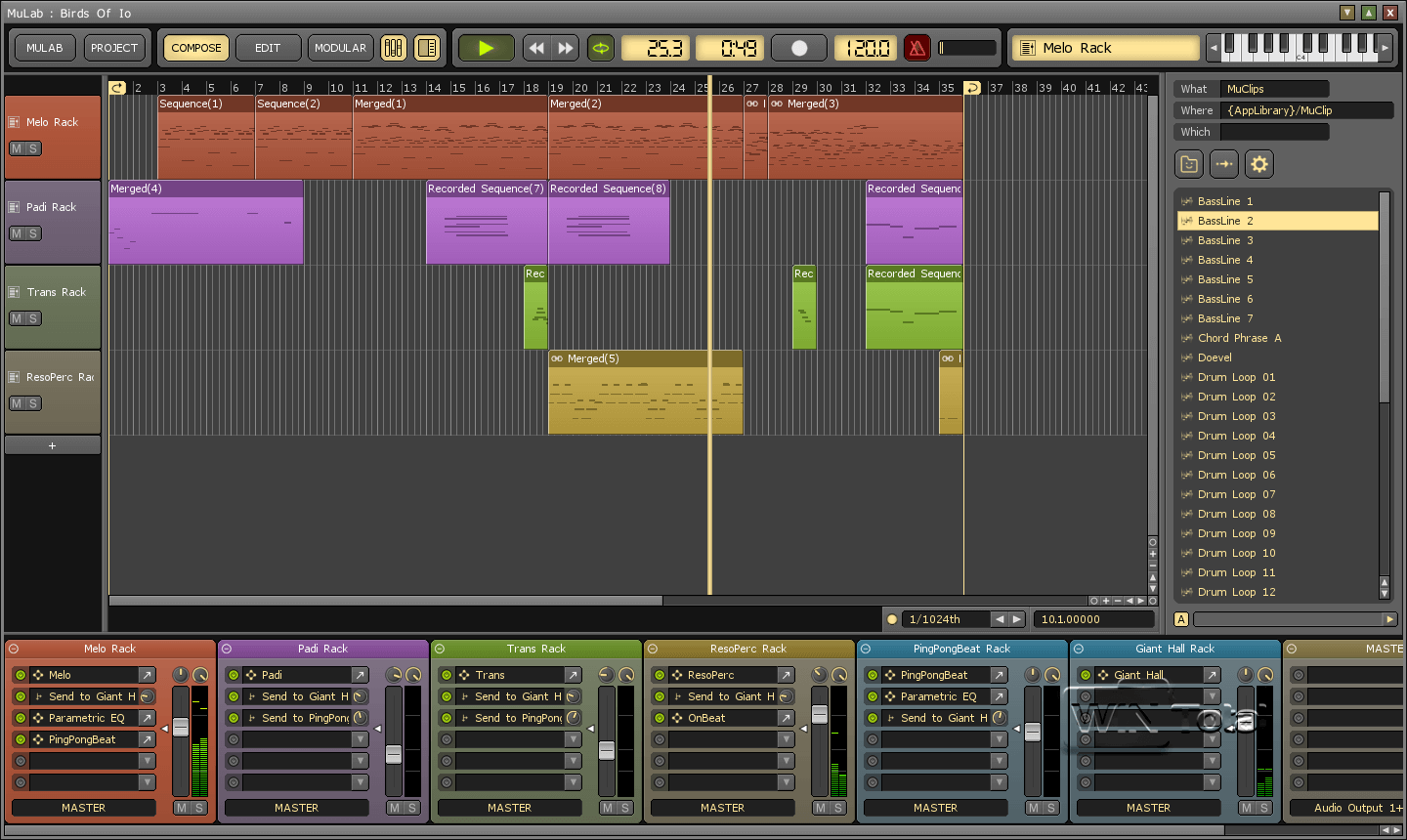


There have been a myriad of updates and improvements since the review of version 7. As you’d expect it will run more efficiently and with a lower CPU load with a higher spec machine but many modern synths and effects have complex architecture using a lot of maths and calculations and so require multi-core processors and their performance will be limited by your system rather than MuLab. A minimum resolution of 1024 x 768 and powerful multi-core are recommended but not necessary although it is an important point when considering how you will use MuLab. System requirements are not too demanding – Windows Vista and above, MacOS 10.6.8 and above a decent soundcard / driver. It is available for Windows (32 & 64 bit) and Mac (64 bit). Version 8 was released earlier this year in April, the latest version at the time of writing is 8.1.5. It’s hard to believe it’s been about four years since I reviewed MuLab 6 and over two years since I reviewed MuLab 7.


 0 kommentar(er)
0 kommentar(er)
